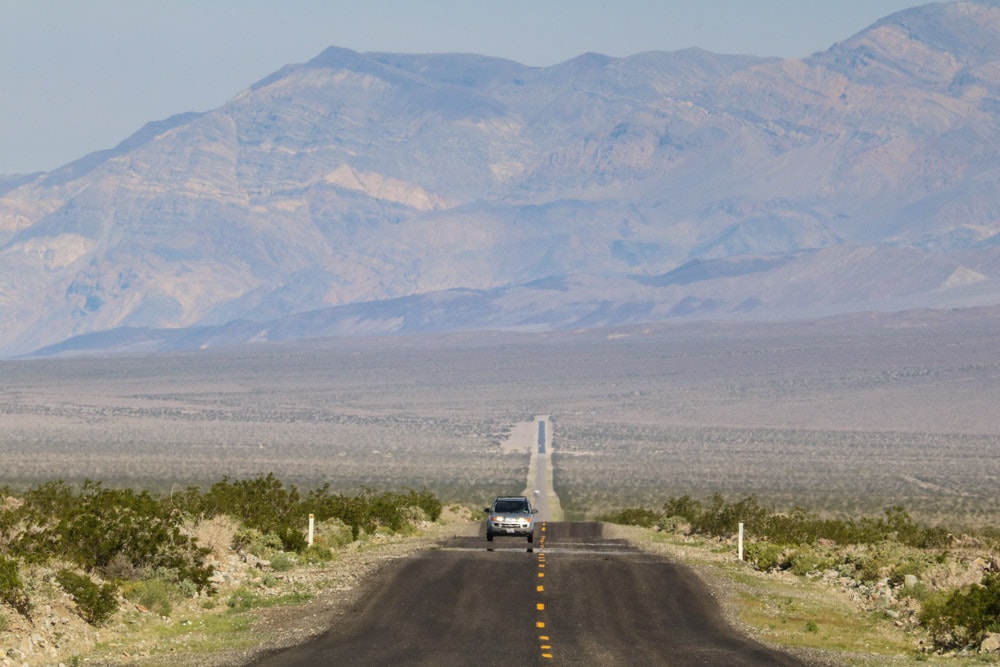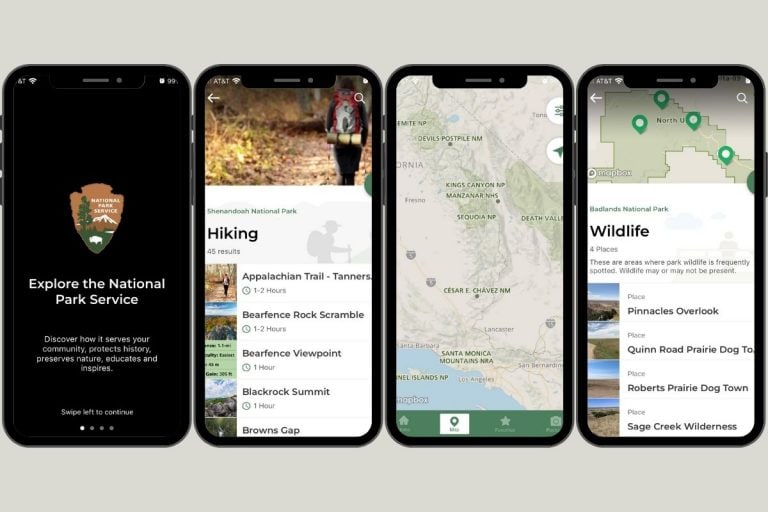Over 1,300 Miles of Roads Are Open (Again) in Death Valley
After eight months of intense work, National Park Service (NPS) employees in Death Valley National Park are celebrating the end of the emergency phase of flood repairs. Emergency repairs were done on several utilities and 1,323 miles of roads inside the park. Steel Pass and Wildrose Charcoal Kilns opened recently.
On August 20, 2023, the remnants of Hurricane Hilary brought 2.2 inches of rain, which is more rain in a day than the park normally receives in a year.
All roads in the park were damaged. In some places, roads disappeared for miles. Waterlines, sewer lines, and sewage lagoons had to be repaired. Repairs needed added up quickly in the 3,400,000-acre park—about the size of Connecticut.
You can see images of the massive storm damage in Death Valley in this news article.

1,300+ Miles of Roads Are Open Again in Death Valley National Park
“The last eight months have involved a lot of work. I’m really proud of Death Valley staff and all those across the National Park Service who came to help get access quickly restored. It is rewarding to see the public to visit their favorite Death Valley places again,” said park Superintendent Mike Reynolds.
“We are so grateful to everyone involved: 152 Death Valley National Park employees, 256 NPS employees from other Park Service units, the Timbisha Shoshone Tribe, Caltrans, Federal Highway Administration, Inyo County, multiple contractors, our neighboring communities, and countless others. It truly was a massive and complex disaster recovery effort.”
There is more work to do, but the park is shifting out of emergency response mode. Permanent repairs to some of the paved roads will begin later this year. Erosion control features will be added to sections of paved roads to make them more resilient to future flash floods.
Over the next 12-18 months, the park plans to do major repairs at Salt Creek, Titus Canyon, Lower Wildrose, and Darwin Falls.
To keep up on the continuing progress in Death Valley, you can visit nps.gov/deva.






